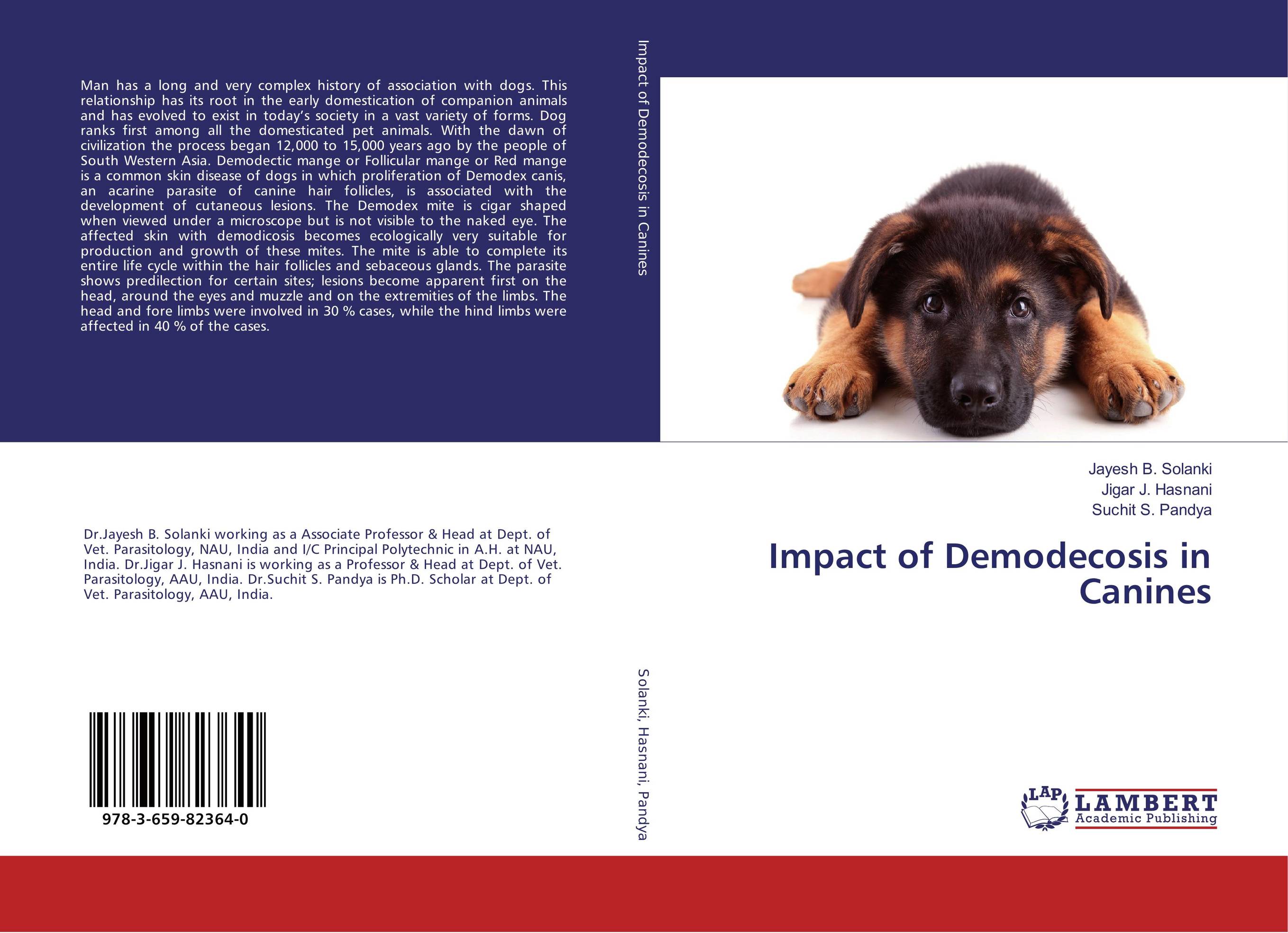| Поиск по каталогу |
|
(строгое соответствие)
|
- Профессиональная
- Научно-популярная
- Художественная
- Публицистика
- Детская
- Искусство
- Хобби, семья, дом
- Спорт
- Путеводители
- Блокноты, тетради, открытки
Impact of Demodecosis in Canines.

В наличии
| Местонахождение: Алматы | Состояние экземпляра: новый |

Бумажная
версия
версия
Автор: Jayesh B. Solanki,Jigar J. Hasnani and Suchit S. Pandya
ISBN: 9783659823640
Год издания: 2016
Формат книги: 60×90/16 (145×215 мм)
Количество страниц: 128
Издательство: LAP LAMBERT Academic Publishing
Цена: 32883 тг
Положить в корзину
| Способы доставки в город Алматы * комплектация (срок до отгрузки) не более 2 рабочих дней |
| Самовывоз из города Алматы (пункты самовывоза партнёра CDEK) |
| Курьерская доставка CDEK из города Москва |
| Доставка Почтой России из города Москва |
Аннотация: Man has a long and very complex history of association with dogs. This relationship has its root in the early domestication of companion animals and has evolved to exist in today’s society in a vast variety of forms. Dog ranks first among all the domesticated pet animals. With the dawn of civilization the process began 12,000 to 15,000 years ago by the people of South Western Asia. Demodectic mange or Follicular mange or Red mange is a common skin disease of dogs in which proliferation of Demodex canis, an acarine parasite of canine hair follicles, is associated with the development of cutaneous lesions. The Demodex mite is cigar shaped when viewed under a microscope but is not visible to the naked eye. The affected skin with demodicosis becomes ecologically very suitable for production and growth of these mites. The mite is able to complete its entire life cycle within the hair follicles and sebaceous glands. The parasite shows predilection for certain sites; lesions become apparent first on the head, around the eyes and muzzle and on the extremities of the limbs. The head and fore limbs were involved in 30 % cases, while the hind limbs were affected in 40 % of the cases.
Ключевые слова: biochemical, canines, Prevalence, demodecosis



